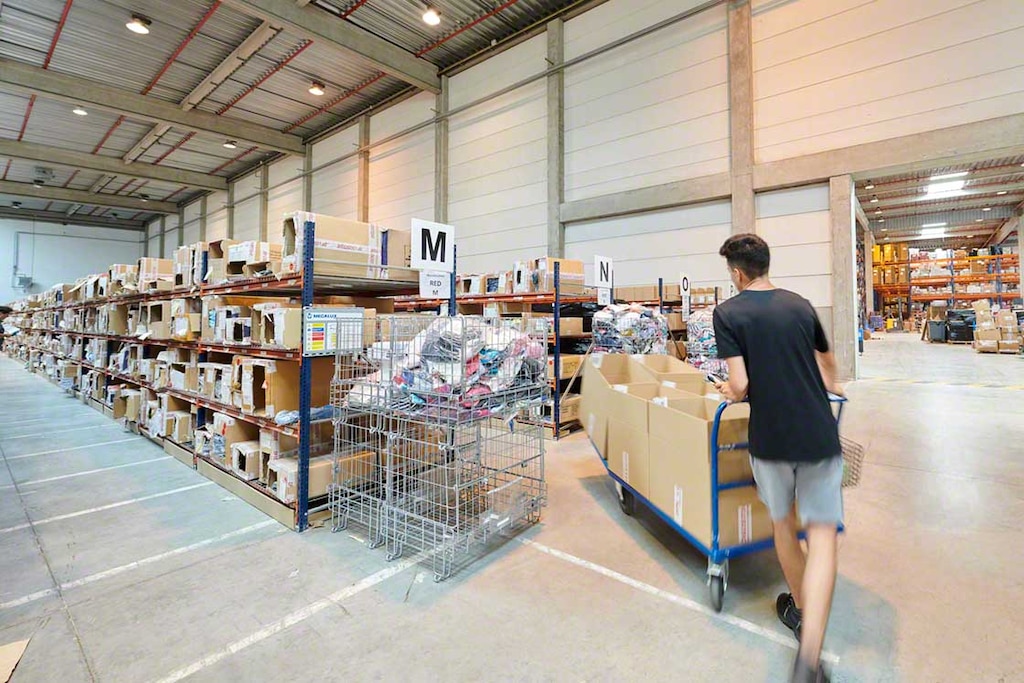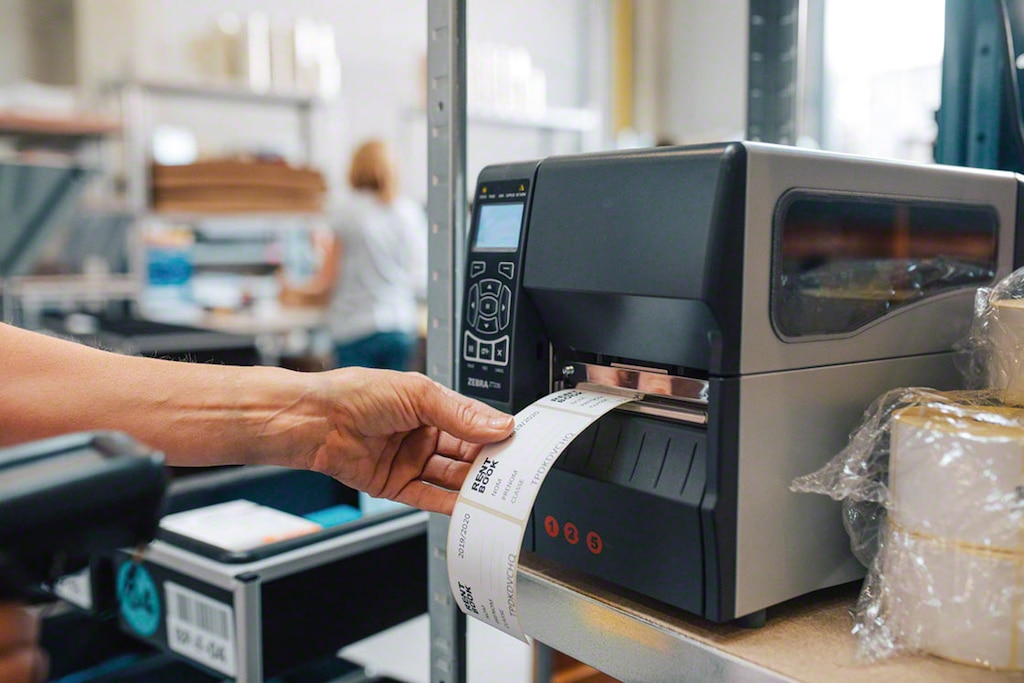
Electronic proof of delivery in logistics
Against a backdrop of increasingly faster order shipments, it’s essential to ensure a satisfactory delivery experience for both customers and businesses. Electronic proof of delivery (ePOD) consists of a digital record of all the information related to the delivery of an order, which is vital for streamlining the last link in the supply chain. Electronic proof of delivery is being used more and more in logistics, making it indispensable for e-commerce retailers. But what are the main benefits? And exactly how does ePOD work? We’ll tell you all about it in this post.
What’s electronic proof of delivery (ePOD)?
Electronic proof of delivery is a a digital receipt in which a person or company (buyer) acknowledges having received from another company (sender) an item or series of items in the quantities and time previously agreed upon.
The purpose of ePOD is to verify the existence and fulfillment of a delivery, providing a record of the time, delivery address, and the name and signature of the person who accepted the shipment. The ePOD document also reflects the total number of products received and the characteristics of each of them. The business that ships the order can instantly access the electronically-signed document and confirm that the package was delivered.
Electronic proof of delivery has steadily gained ground. Nowadays, most companies — especially logistics providers — use this tool in order to increase control over the delivery process.

Difference between acknowledgement of receipt and ePOD
The only difference between traditional acknowledgements of receipt and electronic proof of delivery lies in the digitization of the document. This facilitates the immediate synchronization of information management between the supplier and customer.
With an acknowledgement of receipt, a person writes his/her signature on a physical document. Meanwhile, with ePOD, this is done digitally by means of an electronic device, for example, an application installed on a smartphone. Obviously, as the information is automatically registered in the system, the proof of delivery can be consulted by the sender much sooner than with the acknowledgement of receipt, which must first go through the administration department. Electronic proof of delivery also does away with the need for the costly filing and storage work that acknowledgements of receipt require.
How does electronic proof of delivery work?
Electronic proof of delivery can be broken down into four steps:
- Data import. First, all the information is entered into the system: order ID, tracking number, order description, delivery address, sender’s name, recipient’s name, price, etc.
- Order synchronization. Once all the data have been imported, the software syncs the orders to be delivered so that they are reflected in the delivery person’s PDA or smartphone app.
- Electronic signature. When the carrier arrives at the destination, he/she must finalize the delivery by having the recipient sign for the package digitally. In addition to capturing signatures, most devices with ePOD can take a picture of the package as evidence that it has been delivered in good condition. In the case of an accident, the picture can serve to show that the package was damaged or otherwise affected.
- Information transfer. After delivery of the package has been finalized, the app automatically generates a delivery notification for the recipient and the sender. This way, both parties are informed that the delivery was successful, and they receive the document with the customer’s signature and all the shipping details.

Electronic proof of delivery: legal validity
Any electronically-signed document is legally binding and applicable in the US through the ESIGN Act and the Uniform Electronic Transactions Act (UETA).
Advantages of ePOD
Electronic proof of delivery offers the following benefits in logistics:
- Productivity: the use of ePOD speeds up delivery times and facilitates the subsequent data management.
- Additional information: the amount of details included in an acknowledgement of receipt in paper format is limited compared to the possibilities of an electronic proof of delivery, which can also include images of the product delivered.
- Cost reductions: digitization cuts storage and personnel costs allocated to documentary records.
- Efficiency: manual management of all the data related to the shipment could lead to errors and/or loss of documents. This is never an issue with electronic proof of delivery.
- Traceability: the system with which proof of delivery works also provides information related to shipment status. Thus, customers and senders can consult the parcel’s whereabouts at any time.
- Customer satisfaction: traceability helps businesses to quickly identify any possible incidents. Hence, they can inform recipients as to exactly when they will receive their products with the aim of improving the customer satisfaction.
- Sustainability: there’s no time like the present for eliminating the use of paper and working in a more sustainable, environmentally friendly way.
Thanks to electronic proof of delivery, companies can be assured that their packages are delivered successfully. In addition, they can take advantage of the multiple benefits this technology offers.
Role of WMSs in electronic proof of delivery
It should be noted that electronic proof of delivery is a service mainly operated by transportation agencies, which are responsible for providing end customers with effective, error-free service.
A warehouse management system, such as Easy WMS, is the nexus between the installation and the carrier. This WMS, through its Multi Carrier Shipping Software module, is charged with supplying logistics providers with all information relating to the order to ensure efficient deliveries: the shipping label, corresponding delivery note, and tracking number. Easy WMS collaborates with the main transportation agencies in each country, and all of them use electronic proof of delivery in their order shipments.

EPOD: at the service of technology
Electronic proof of delivery is practically the last link when it comes to having real-time visibility of the entire supply chain. Although there are businesses that still work with acknowledgements of receipt in paper form, there is a clear trend towards electronic proof of delivery to digitally manage the shipping process and enhance logistics information flows.
At Mecalux, we’re experts in the use of technology applied to logistics. So, if you want to get more throughput out of your operations — from storage to management — don’t hesitate to get in touch. We’d be happy to lend a hand.
